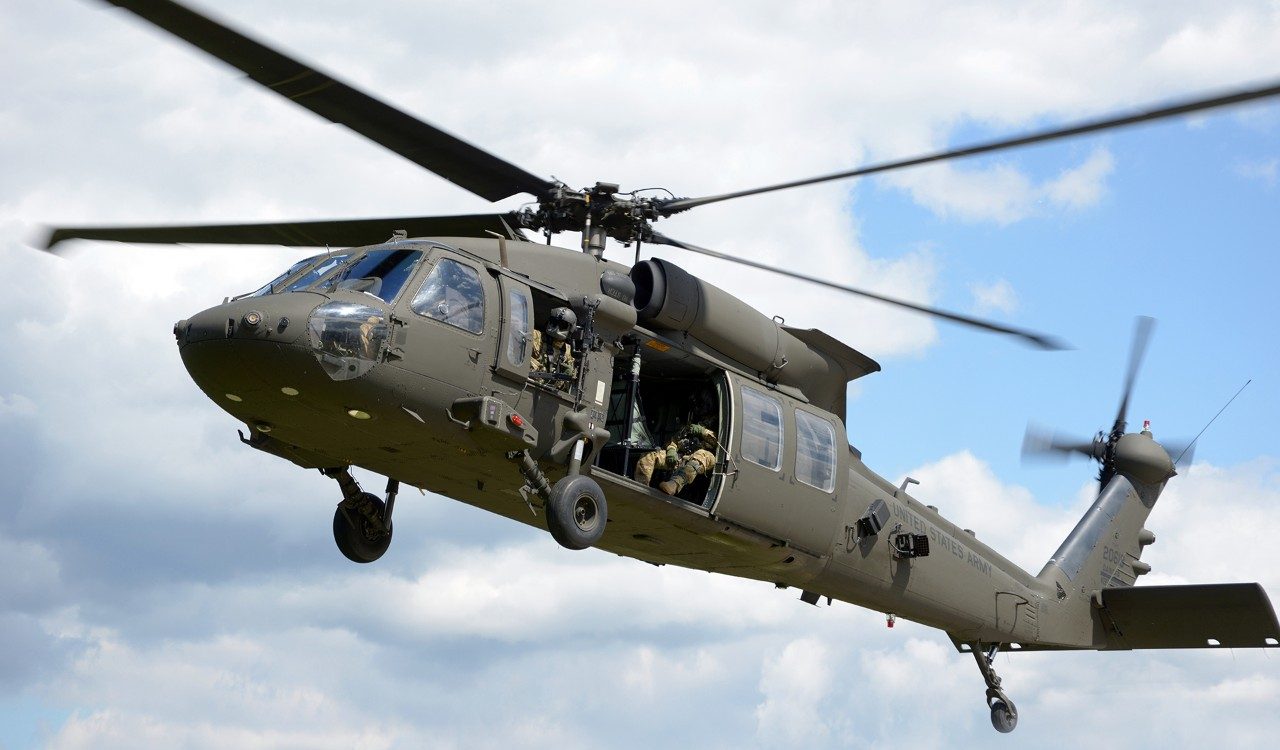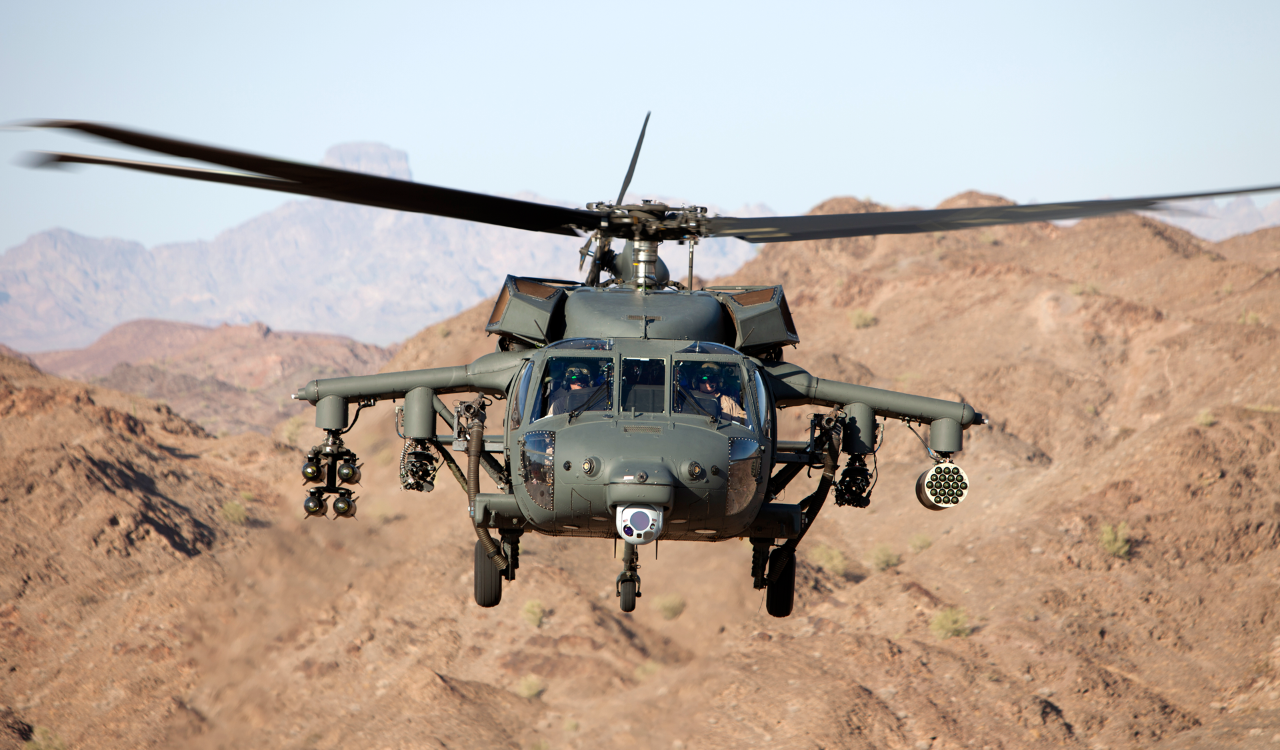The U.S. Army Aviation and Missile Command (AMCOM) will be partnering up with Wichita State University’s National Institute for Aviation Research (NIAR) to create a comprehensive virtual 3D model of a UH-60L Black Hawk helicopter. By completely disassembling the airframe and components of the helicopter, the researchers will be able to 3D scan each structural part individually to create a “digital twin” of the transport aircraft. Eventually, once the catalog of digital parts is complete, the U.S. Army hopes to 3D print some of the more niche components that are difficult to source in 2020.
AMCOM Commander Maj. Gen. Todd Royar stated, “This opens a new door to aviation maintenance and sustainment. We welcome a new partnership with Wichita State University while fortifying our existing relationships across the Army aviation enterprise.”

The Sikorsky UH-60 Black Hawk helicopter
The UH-60 has been in Army service since 1979, when it replaced the UH-1 Iroquois (aka the Huey). The first UH-60 model was known as the Alpha, but newer, more advanced models have since been developed and launched – the Lima and Mike models. The Lima model has been out of production for 15 years now, and some of its parts were designed 40 years ago. WSU’s digital twin technology would allow the researchers to additively manufacture some of these parts that have been out of production for decades.
Royar said, “The intent is to enable readiness across the Army and the UH-60 fleets in the joint service and the applicable foreign military sales environment. At the same time, we generate new opportunities to provide parts that are obsolete, low-volume or small quantity. The result is reduced operation and sustainment costs.”
Surprisingly, the Army is often dependent on a single source of provision for its vehicular parts. Naturally, this can lead to supply chain issues, and obtaining certain parts may prove extremely difficult. Potential additional manufacturers usually only have a 2D engineering drawing to base their tooling off, and with many changes and upgrades to the parts over the years, interpreting and producing the parts can be tedious. The original manufacturer, Sikorsky, will be aiding in the project to help convert all the legacy 2D drawings into 3D models.
Rayor explains, “Certain low-use or low-volume parts don’t receive any bids from vendors. When we need those parts, we need the opportunity to get them in the system quickly – not the two-plus years it sometimes takes right now.”

Future frameworks
WSU has been tearing down vehicles for the Army for the past 15 years and will continue to do so in the future. The researchers have plans to implement robotics and machine learning to improve the repair times of specific components which pose the greatest readiness risks to the armed forces. To ensure the digital twin is capable of supporting future airworthiness activities, AMCOM will be using drawings, structural reports, and physical checks to evaluate the airworthiness of every modification to the Black Hawk on a rolling basis.
Douglas Denno, a project lead on the digital twin effort, explained, “The digital twin offers significant opportunities for improving the efficiency of airworthiness assessments and the potential to streamline evaluation and modifications from a fit and maintenance perspective. This is a thrilling opportunity to bring these key elements of technical data for the Army’s utility workhorse into the digital age.”

The armed forces have begun to really consider AM as a viable method of production. The collaborative metal AM program between the Air Force and GE has just hit its first technology milestone with the 3D printing of a sump cover for the F110 jet engine – used on both the F-15 and F-16 aircraft. Much like the Black Hawk project, GE’s efforts are intended to improve military readiness and de-risk the supply chains of spare parts for turbofan engines. Elsewhere, the Air Force has employed 3D printing to produce weapon ammunition made of high-performance AF-9628 steel.
The nominations for the 2020 3D Printing Industry Awards are now open. Who do you think should make the shortlists for this year’s show? Have your say now.
Subscribe to the 3D Printing Industry newsletter for the latest news in additive manufacturing. You can also stay connected by following us on Twitter and liking us on Facebook.
Looking for a career in additive manufacturing? Visit 3D Printing Jobs for a selection of roles in the industry.
Featured image shows a Black Hawk helicopter. Photo via Lockheed Martin.



